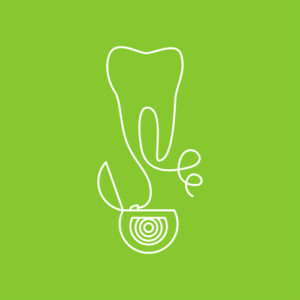Caring for Your 4 Types of Teeth
Did you know that each tooth in your mouth has a unique shape and a specific job? Recognizing their individual roles (and vulnerabilities) can help you improve your oral care...
 The dental world is abuzz with the news: new national guidelines for oral health don’t include the use of your floss. The Departments of Agriculture and Health and Human Services released their 2015 dietary guidelines for Americans, and flossing wasn’t included. It’s been included in previous guidelines, so this was a noticeable change that dentists and patients alike are taking under consideration.
The dental world is abuzz with the news: new national guidelines for oral health don’t include the use of your floss. The Departments of Agriculture and Health and Human Services released their 2015 dietary guidelines for Americans, and flossing wasn’t included. It’s been included in previous guidelines, so this was a noticeable change that dentists and patients alike are taking under consideration.
Why wasn’t flossing included? Because current evidence doesn’t support its effectiveness in preventing cavities. The American Academy of Periodontology issued a statement that existing studies haven’t examined participants’ gums over a long enough period, or had enough participants to begin with. Studies haven’t conclusively proven that flossing prevents either cavities or advanced periodontal disease.
The American Dental Association’s stance remains the same: that flossing “is an essential part of taking care of your teeth and gums.” So what should patients do in this interim? Keep reading for some advice on what existing research does say about your oral hygiene habits’ effectiveness, and consider the role they play in your life.
Learning about this lack of flossing as a recommended practice shouldn’t lead you to toss your floss in the trask. If there’s a chance that flossing is still helping reduce your risk of cavities and gum disease, it’s a good idea to keep at it. Plus, there are other benefits of flossing that you’ll still enjoy, particularly removing food particles from between your teeth to prevent irritation or injury to your soft tissues.
Continue doing the following to help ensure good oral health: